For the past decade, Justine Tyerman has been a globetrotting travel writer . . . now all she wants to do is travel to Sydney and explore child-friendly destinations.
Life changes dramatically and wondrously when you become a grandparent, in ways you can’t possibly imagine while in a grandchildless state. Before our recent visit to Sydney to reunite with our two daughters, sons-in-law and grandchildren after a year-long Covid-imposed separation, we had all sorts of naive ideas about exploring Australia in our ‘free time’. Chris and I thought we’d be superfluous to requirements if we hung around for the whole six weeks so we planned to head off on a few road trips to ‘fill in time’.
However, helping out with a newborn and a toddler turned out to be full-on — not that we minded in the least. After so long apart, we were deliriously happy to be together again. Even mundane tasks like house-cleaning, washing, ironing, supermarket shopping and cooking were fun because we knew they made a huge difference to the lives of the young parents. Rocking tiny Isabel to sleep and playing raucous games of hide and seek with boisterous Francesca rank right up there among the highlights of my life. I’ve never experienced such fulfilment and happiness. And early morning strolls with Isabel in her pram and late afternoon ambles with Francesca in and out of her pushchair are memories I’ll treasure forever.
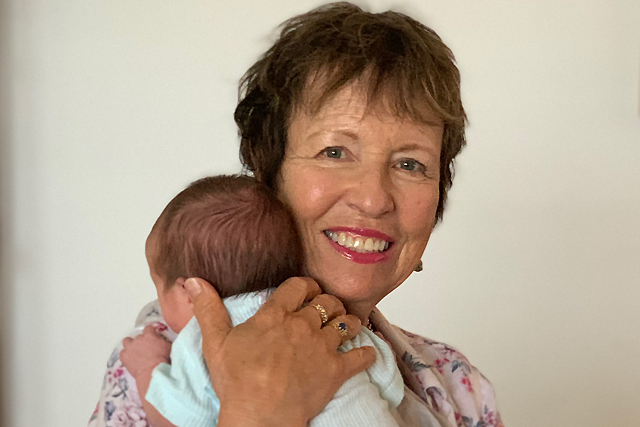
Every now and then however, our daughters insisted we should take a break and have a change of scenery. We found we couldn’t bear to be away from the little ones for too long so day trips were all we could manage. And wherever we went, I found myself viewing everything through the eyes of a granny. Almost overnight, my whole perspective had changed.
We had our own vehicle, a JUCY Rentals hatchback and independent accommodation through Love Home Swap, so when we were not needed, we were free to tootle off and explore some stunning spots north, south and west of Sydney.
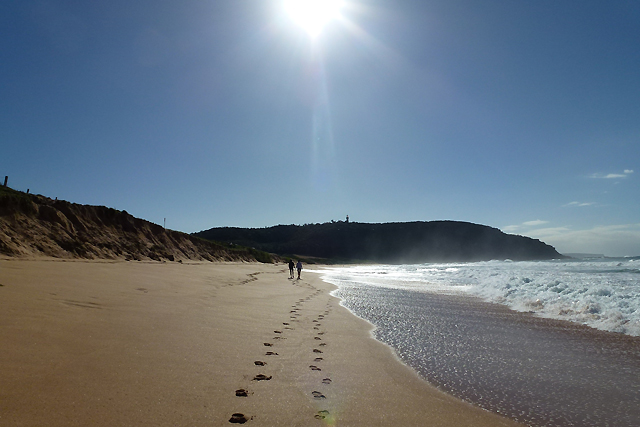
Palm Beach, made famous as ‘Summer Bay’ on the Australian TV series ‘Home and Away’, is about an hour’s drive north of Sydney. The tiny picturesque settlement is noted for hosting such celebrities as Elle McPherson and Nicole Kidman in opulent mansions built into the hills above the township. Right on the beach shaded by mature palm trees, there are well-established mansions owned by Kerry Packer and others.
We took a leisurely stroll down the golden sand beach, past the set of Home and Away (sadly, no filming that day) to the Barrenjoey Lighthouse track. It’s quite a climb but the panorama from the lighthouse is stunning, offering an elevated perspective of the narrow peninsula with its surf beach on one side and the sheltered Pittwater estuary on the other.
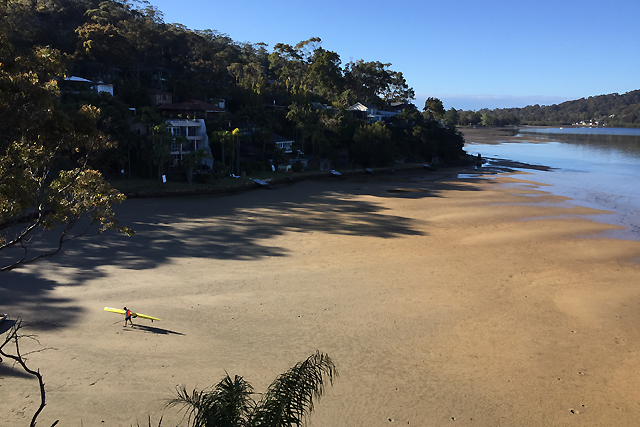
On the Pittwater side, we discovered a perfect child-friendly beach, the horseshoe-shaped Careel Bay. The tide was out and a pair of doting grandparents were supervising three little ones who splashed and played in the shallow water. Soon after, a father and son appeared equipped with some strange apparatus. The dad plunged a long pipe into small craters in the sand and discharged the contents into a bucket while the little boy hopped around, shouting about ‘yabbies’ — a type of saltwater crustacean, our Aussie son-in-law later explained.
After a leisurely lunch at the Boathouse Restaurant overlooking the Pittwater estuary, we tackled the Bangalley Headland track between Whale Beach and Avalon where we were treated to a thrilling display of breaching and tail-splashing by a couple of whales. We were back home just in time to bath Isabel and read bedtime stories to Francesca.
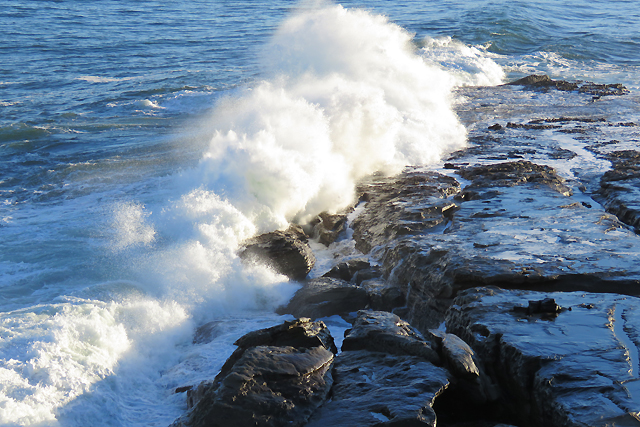
Killcare is a small settlement 90 minutes’ drive north of Sydney on the New South Wales’ Central Coast. The region is part of the Bouddi National Park and is rich in wildlife and history. Around 100 Aboriginal sites have been discovered on the Bouddi Peninsula, including middens, rock engravings and rock shelters of the Guringai people, the traditional custodians of the region. We hiked along a spectacular coastal track which took us to a string of remote beaches where the sand was golden and squeaked underfoot like fresh powder snow.
The beaches were separated by rocky headlands with bizarre rock formations called tessellated pavement, a fascinating geological phenomenon where sandstone rock has been fractured over millions of years of weathering and erosion into shapes resembling a pavement or mosaic floor. I wanted to take them home for my garden.
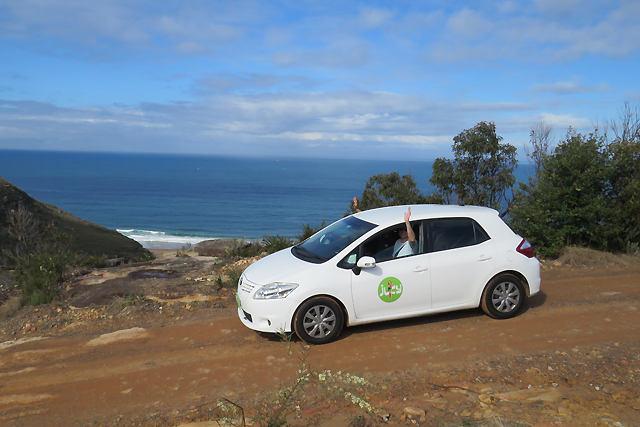
My only exposure to Australian beaches in the past had been Sydney’s Bondi, Tamarama, Bronte and Coogee, tourist hot-spots teeming with people year-round. But Killcare and neighbouring Putty, Maitland and Tallow beaches were tranquil and peaceful. We lunched outside at the Killcare Beach Kiosk Menu, devouring a delicious Fisherman’s Basket. Nearby, children played in a shallow pool sheltered from the breakers by giant rocks. A perfect spot to take our grandchildren next time we visit.
Katoomba and Leura, the gateway towns to the Blue Mountains, are an easy 90-minute drive inland from Sydney. The most direct approach is to head west from the city along Parramatta Road to the Great Western Highway (M4). We arrived early on a clear, late summer day when the blueness of the Blue Mountains was at its most vivid. The view from the edge of the Katoomba escarpment, overlooking the Jamison Valley with the mountains beyond was staggering.
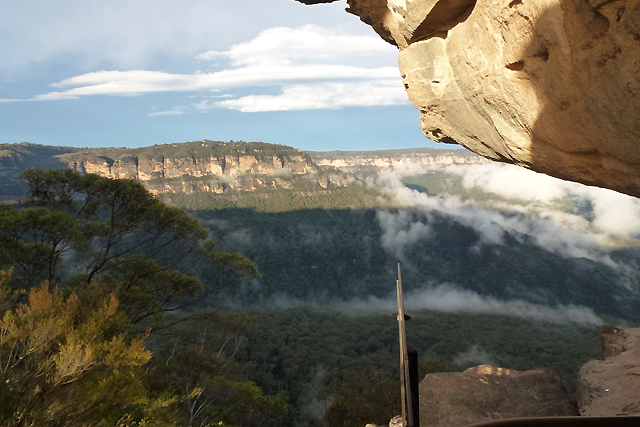
Hearing that Scenic World at Katoomba was a busy spot, we did all the heart-thumping, thrill-seeking attractions first before the crowds arrived . . . and before my courage deserted me. Holding my breath all the way, we plummeted 310 metres down the world’s steepest scenic railway through a natural rock tunnel to an old coal mining site where we hiked through a Jurassic forest on the valley floor exploring relics of the 1880s mining era.
Then we boarded a huge 84-person cable car and glided smoothly back up the sheer cliff face to the top of the plateau – it’s the steepest and largest aerial cable car in the Southern Hemisphere. With our pulses still racing, we embarked on the grand finale — a 720-metre ride between two clifftops in the glass-bottomed ‘Skyway’ 270 dizzying metres above the magnificent Jamison Valley and the Katoomba Falls. You also get a spectacular aerial view of the famous Three Sisters rock formation where we were headed next.
![]()
Scenic World was very impressive, a full-on adrenalin rush which our grandchildren will love when they are about eight or nine years old, but after all the excitement, we were keen to do some tranquil hiking in the wilderness. So we moved on to Echo Point to explore the Three Sisters, scaling the perpendicular stone and steel steps of the Giant Stairway to a platform cut into the ‘tummy’ of the first sister. Geology tells us the sisters were formed by erosion of the soft sandstone over many millennia by the wind, rain and rivers which are gradually breaking down the cliffs surrounding the Jamison Valley.
However, I prefer the Aboriginal legend, albeit disputed, which tells of three beautiful sisters — Meehni, Wimlah and Gunnedoo — who lived in the valley as members of the Katoomba tribe. They fell in love with three men from a neighbouring tribe (the Nepean tribe), but marriage was forbidden by tribal law. The brothers were unhappy about this and decided to use force to capture the sisters. A major tribal battle ensued, and the sisters were turned to stone by an elder in order to protect them, but he was killed in the fighting and no one else could turn them back.
Whatever the truth of the matter, the Three Sisters, 922m, 918m and 906m tall, are a truly awesome sight especially on such a clear day. Had we had more time and energy, we would have continued down the 800 steps to the base of the Katoomba Falls . . . and back up again. Further down the valley is the breath-taking Wentworth Falls which cascades 187 metres in three wispy tiers. Rainbow fragments hovered in the fine spray of the waterfall, caught by the afternoon sun.
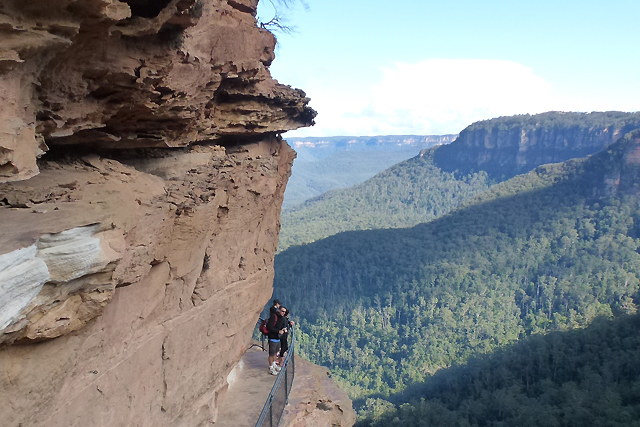
The vast panorama of rugged escarpments, dark forests, tall waterfalls and deep gorges that stretch for hundreds of kilometres is utterly astonishing . . . so too is the construction of the walkway. It was hewn from sandstone cliffs by a fellow called Peter Mulheran and a group of men known as The Irish Brigade, between 1906 and 1908 at a cost of £430. The story goes that, back then, the villages in the Blue Mountains were competing with each other to build the most spectacular walkway and workers were even lowered over cliffs in hanging baskets to complete death-defying construction work on seemingly inaccessible parts of the terrain.
As we edged our way along a narrow ledge cantilevered hundreds of metres above the valley floor, and then along a track wedged between overhanging and undercut rocks, we marvelled at the ingenuity and courage of those workers who toiled there in the intense heat of the summer and the icy chill of the winter. Further on, the descent was so steep, an enclosed ladder had been constructed down a sheer rock face. I wouldn’t dare take children on this walk without an old-fashioned leash!
* UNESCO World Heritage site. The Blue Mountains UNESCO World Heritage area is part of the Blue Mountains National Park which covers an area of 267,954-hectares, an uplifted sedimentary plateau, 1,215 metres above sea level at its highest point. The park is a paradise for hikers, with one of the most complex track systems of any national park in Australia. Dating from as early as 1825, around 60 percent of the tracks have national, state or regional significance.
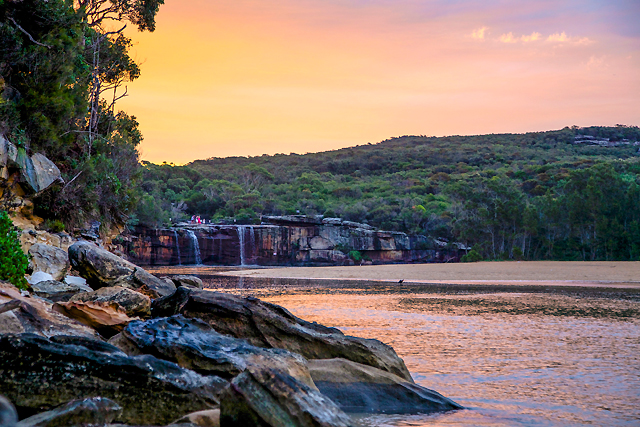
Wattamolla Falls in the Royal National Park is just 48km south of Sydney so it’s easily manageable as a day trip. The name means ‘place near running water’ in the local Aboriginal dialect. It’s a breath-taking spot where a curtain-like waterfall tumbles over a 5-6 metre-high sandstone cliff into a gorgeous sapphire-blue lagoon, protected from the open sea by a long sandbar.
The lagoon is an idyllic place for families with children to paddle and picnic, but bear in mind it’s a bit of a hike down to the beach and the carpark can get crowded during high season or weekends. We spent a lazy afternoon swimming in the warm lagoon on a mid-week day outside of holiday time so there were only a handful of people there. It’s wise to take a sun shelter with you because, depending on the time of day, there’s not much shade apart from the shadows cast by trees and rocks.
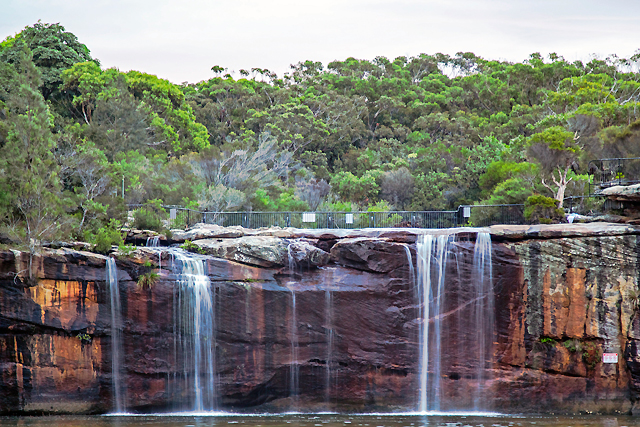
If you have time, the 15,000-hectare Royal National Park is well worth exploring. Established in 1879, it’s Australia’s oldest and the world’s second oldest national park. It’s vast and varied with remote beaches, sandstone cliffs, wetlands, grassy woodlands, rainforests, coastal heathland, eucalyptus forests and fascinating geological sites. Dozens of walkways of all lengths criss-cross the park including one of the most famous walking tracks in New South Wales, the 26km-long Coast Track between Bundeena in the north and Otford in the south. It’s on our must-do list, a fantastic place to take our grandchildren when they are old enough to go hiking. https://sydneyuncovered.com/royal-national-park-walks/#walk9
The Bondi to Coogee Coastal Walkway was literally at our back door. Our Love Home Swap property was just up the hill from the track so it was the perfect spot for morning and evening strolls. So close to the ocean you often feel and taste the sea spray, the walkway never fails to delight and astound me, both for the beauty and variety of the beaches enclosed by rugged rocky headlands, and for the people-watching opportunities. It’s where alpha males and females go to show off their godlike physiques, fitness and attire, and many other eccentric sights can be seen like canine companions dressed in exercise outfits to match their owners.
The six-kilometre track winds its way up and down from sea level to clifftops connecting Bondi, Mackenzies, Tamarama, Bronte, Clovelly, Gordons and Coogee beaches. On a clear day, the sight of the vast sparkling ocean stretching to the horizon is glorious but it’s even more breathtaking in stormy conditions when huge breakers surge in and smash against the rocks sending walls of water metres in the air.
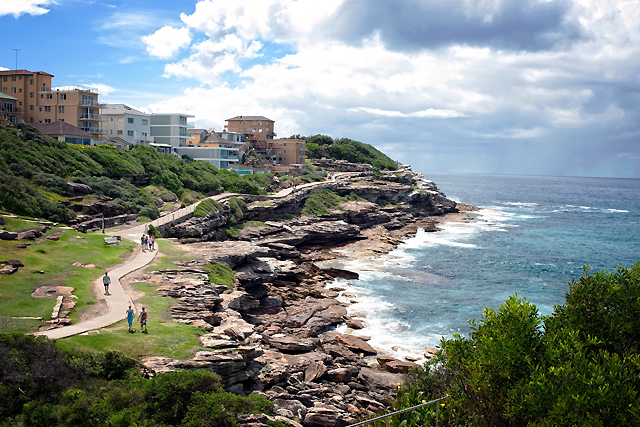
I’m an obsessive reader of information boards and on this trip I discovered that a vast amusement park and aquarium occupied Tamarama Beach and headland in the late 1880s. The tour de force was a huge rollercoaster that plunged and soared and twisted above the beach. People flocked to watch vaudeville acts, take rides on an elephant called Alice and gaze at an airship floating above the bay.
The history of Sydney’s surf lifesaving clubs and seawater pools like the famous Bondi Icebergs and Bronte Splashes are also told along the walkway. Built below rocky headlands, they are continuously refreshed by seawater from waves that wash into them. In accordance with the notions of respectability in the early 19th century, the pools were gender-segregated. How times have changed! Many rocks on the walkway are decorated with figures depicting creatures of the deep. I learned that male weedy sea dragons carry their babies in the skin of their tails until they hatch.
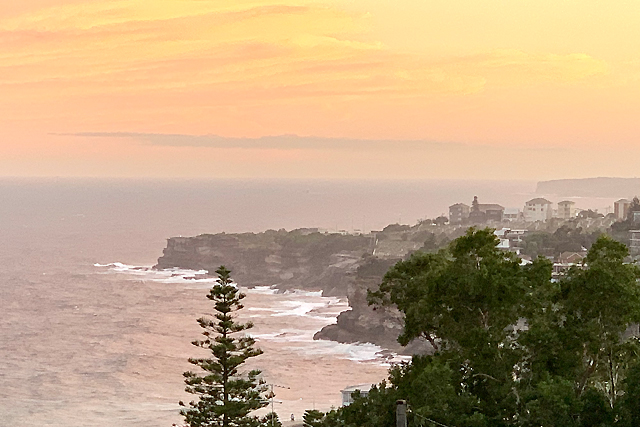
Between Bronte and Clovelly, I often took a side-track to walk through Waverley Cemetery, a heritage-listed graveyard with magnificent Victorian and Edwardian monuments and huge marble mausoleums. Poised on a cliff above the sea, it’s justifiably rated one of the world’s most scenic cemeteries. If you don’t take side-tracks and stop to read all the information boards, the walk takes about two hours. This is not a wilderness hike so if you get peckish, you can stop at one of many cafes, hotels, restaurants or takeaways along the way or use the free electric barbecues at Tamarama and Bronte.
There are some steep climbs, steps and fitness stations along the walkway so it provided an excellent work-out for my hyperactive husband . . . while I was contented to push Isabel in her pram along the Bondi Beach promenade or play with Francesca on the swings and slides at the beachfront playground.
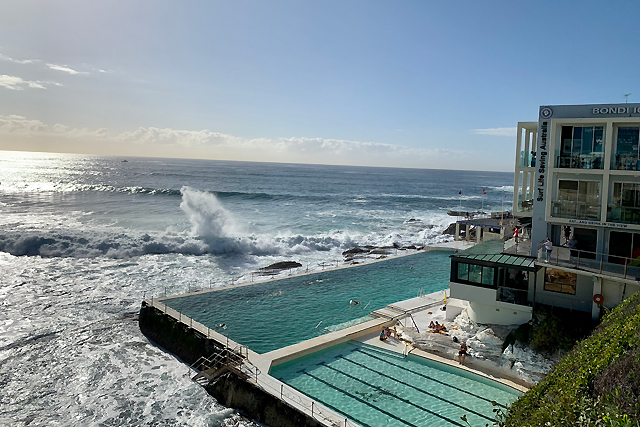
Factbox:
- In preparation for the time when we can again travel freely, check out thousands of Love Home Swap properties all around the world: https://www.lovehomeswap.com/homes.
- There is a two-week free trial and then you choose from one of three membership tiers starting at around $NZ20 a month.
- Have a look at what’s available in
New Zealand: https://www.lovehomeswap.com/homes/newzealand
Australia: https://www.lovehomeswap.com/homes/Australia
Cook Islands: https://www.lovehomeswap.com/homes/cook-islands
- Rent a car or campervan from JUCY Rentals who have been providing reliable and budget-friendly rentals in Australia for over 11 years. https://www.jucy.com/au/en

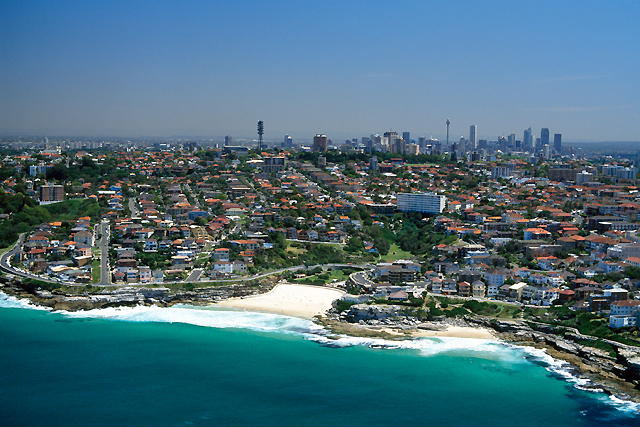

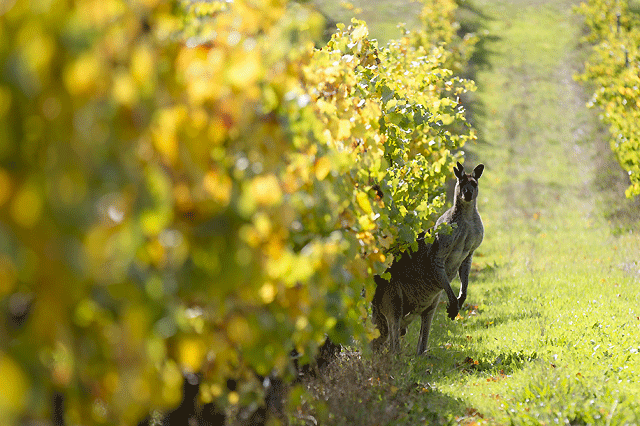
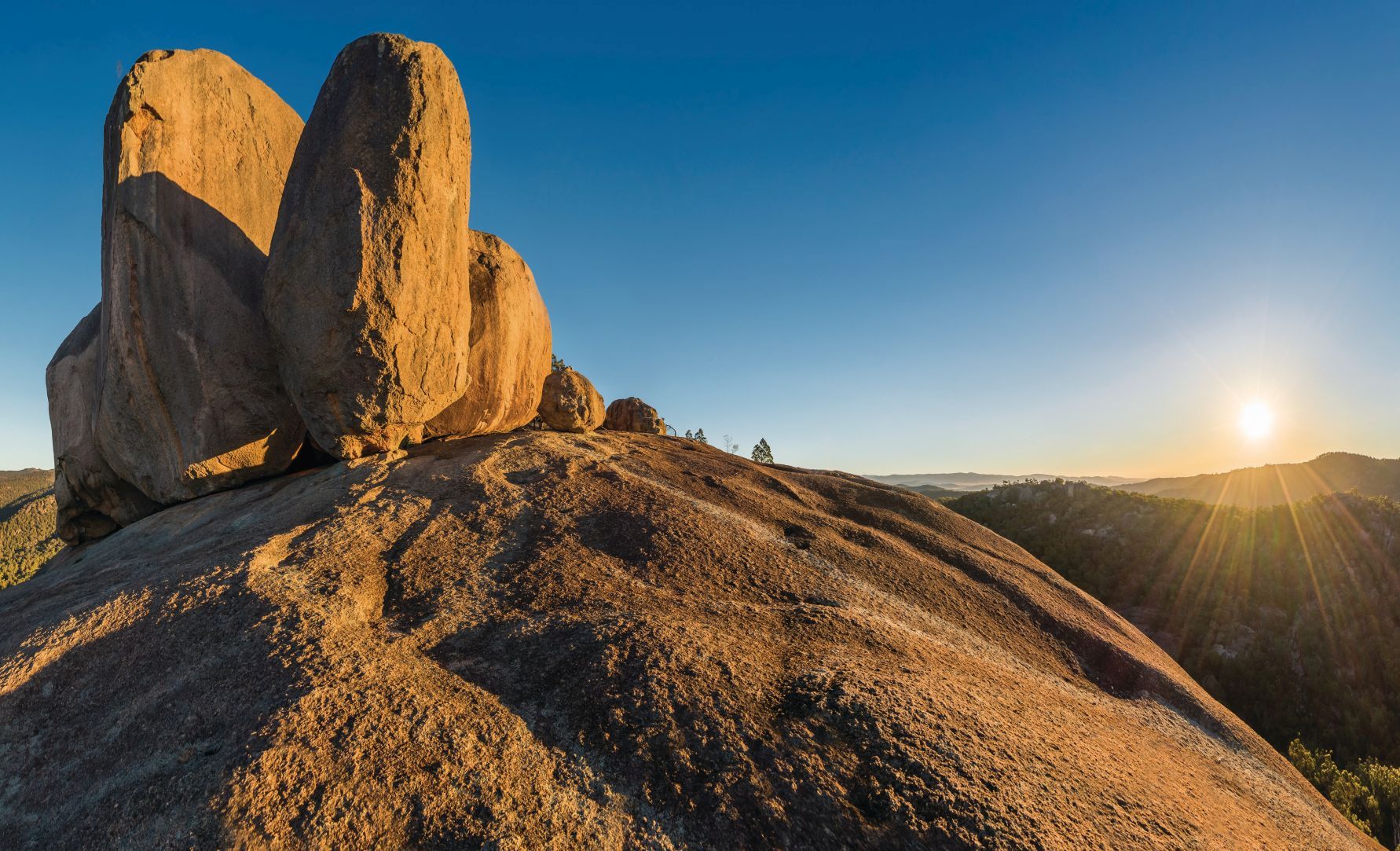
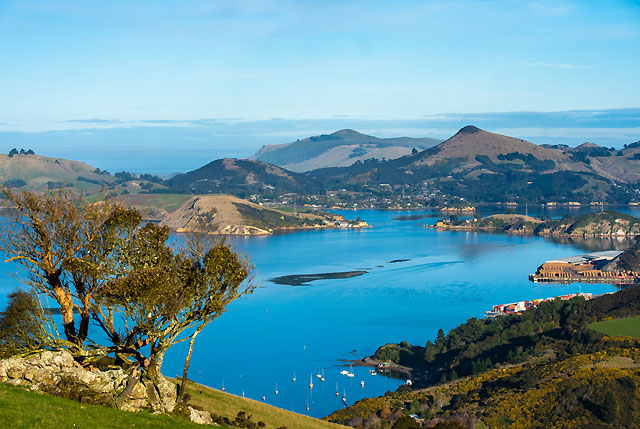
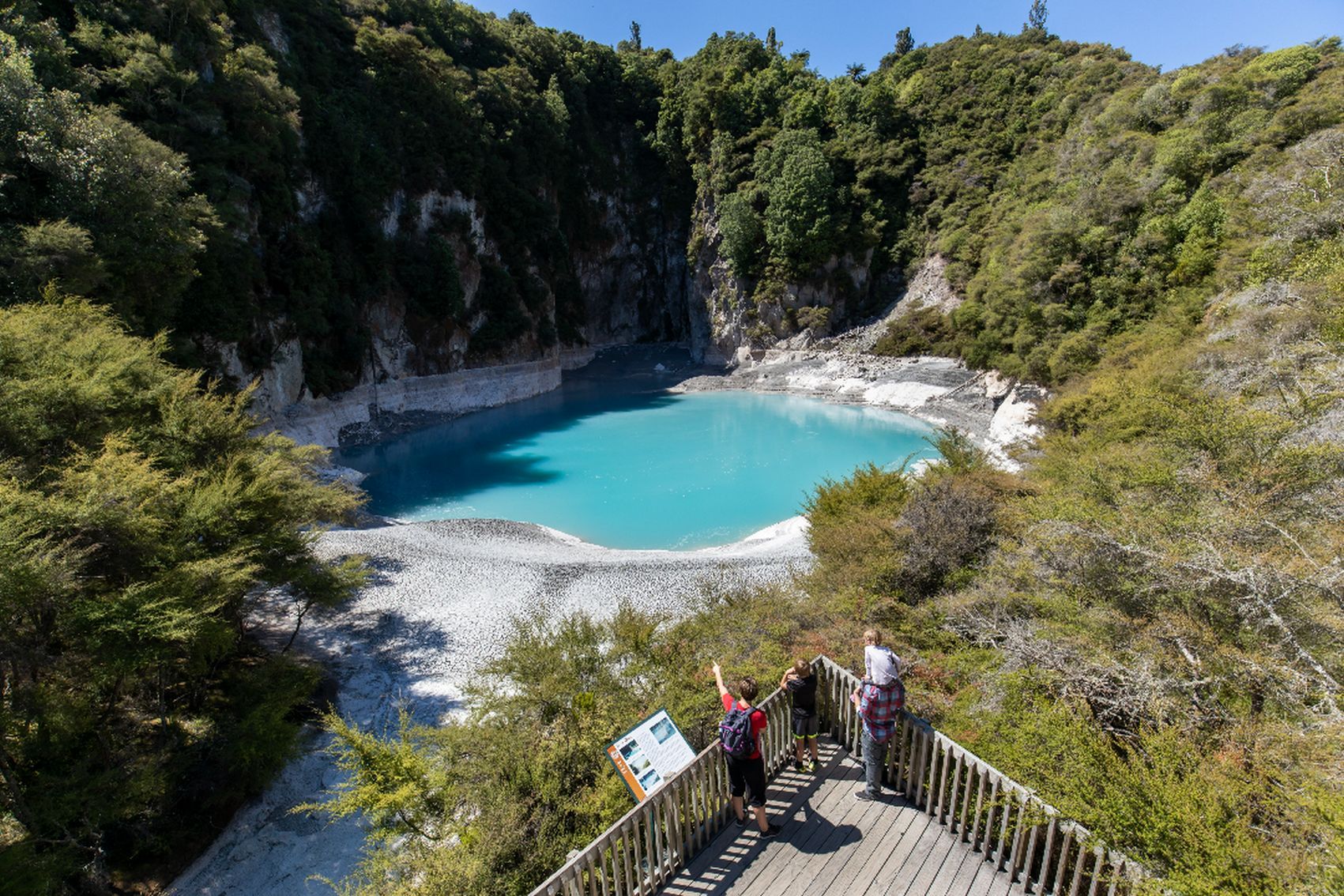
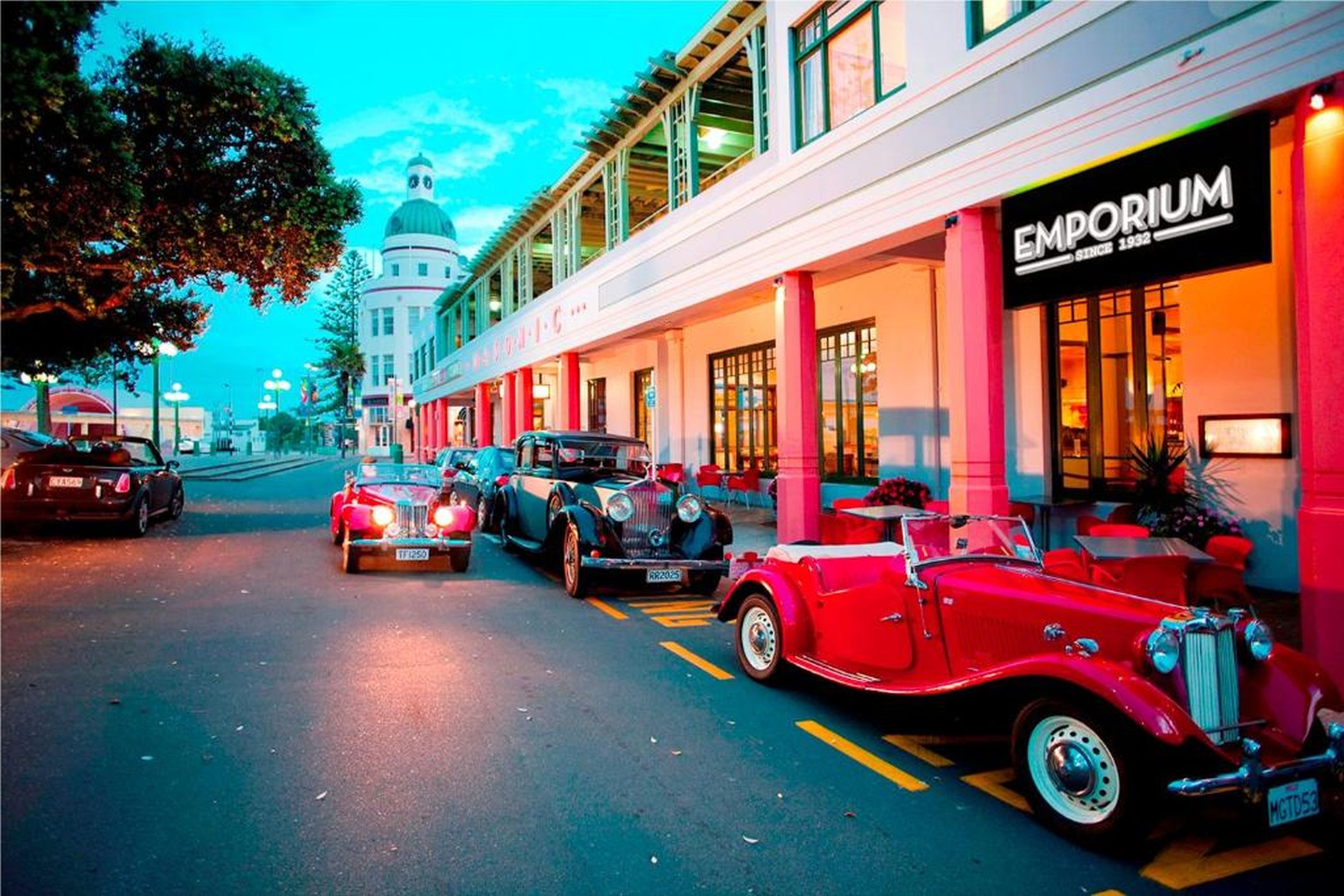
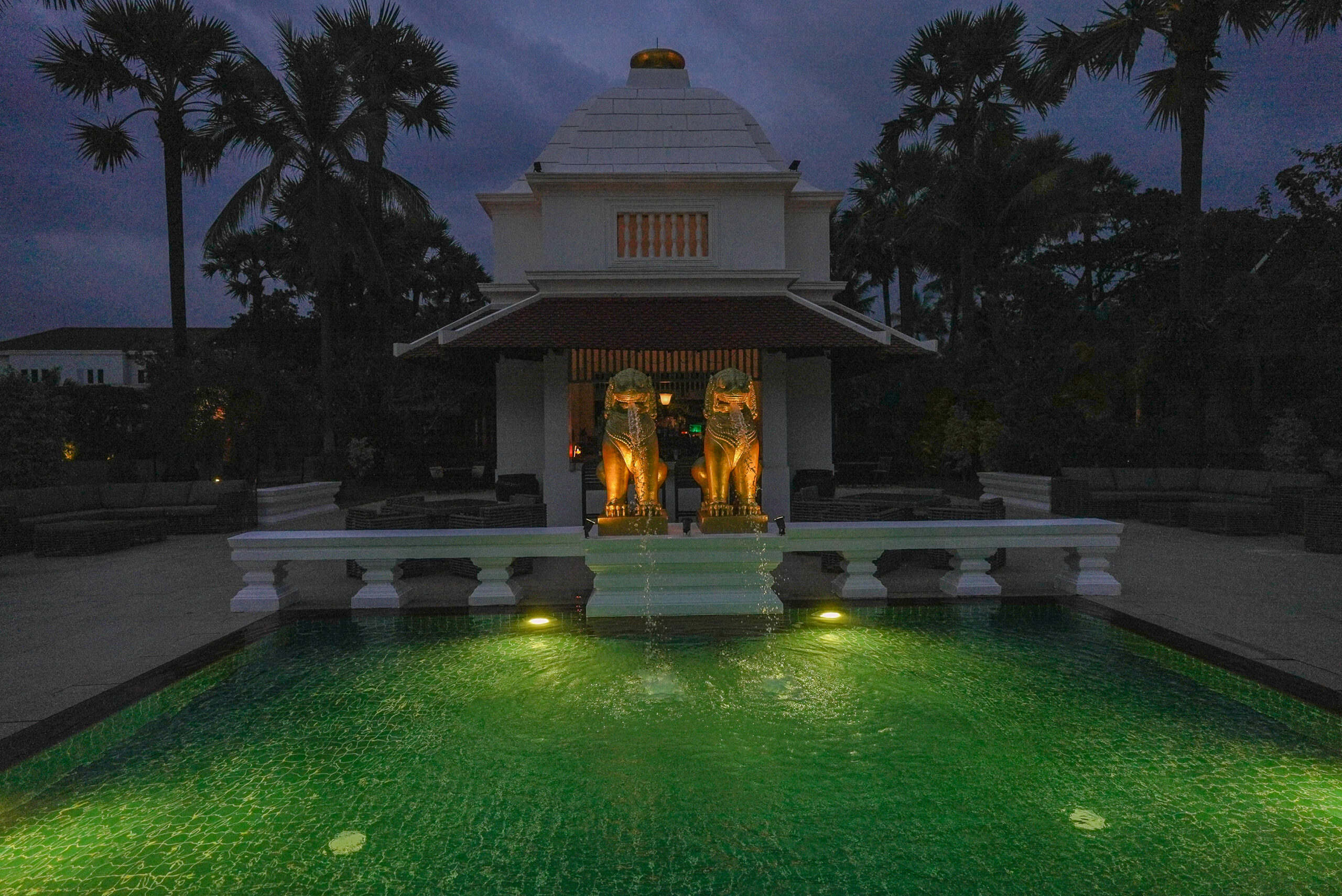
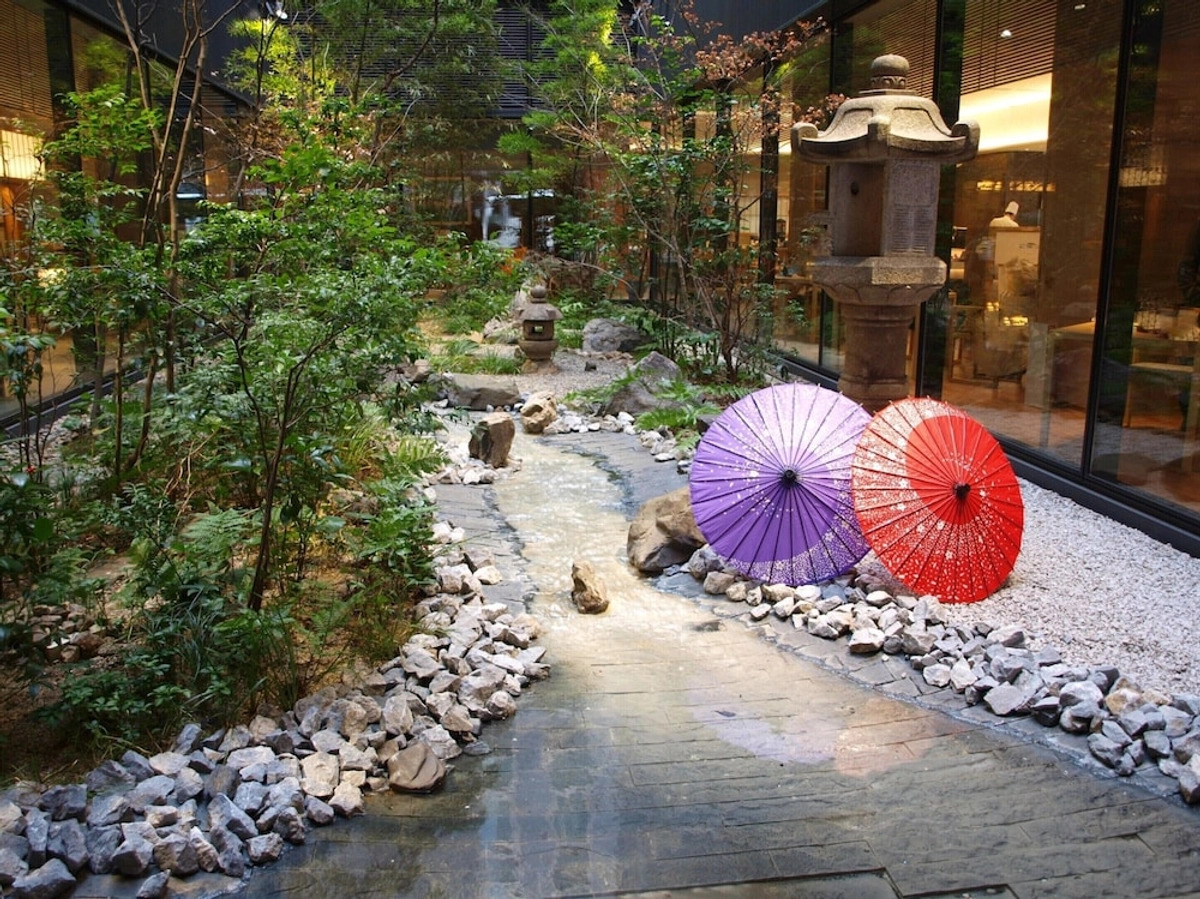



Recent Comments